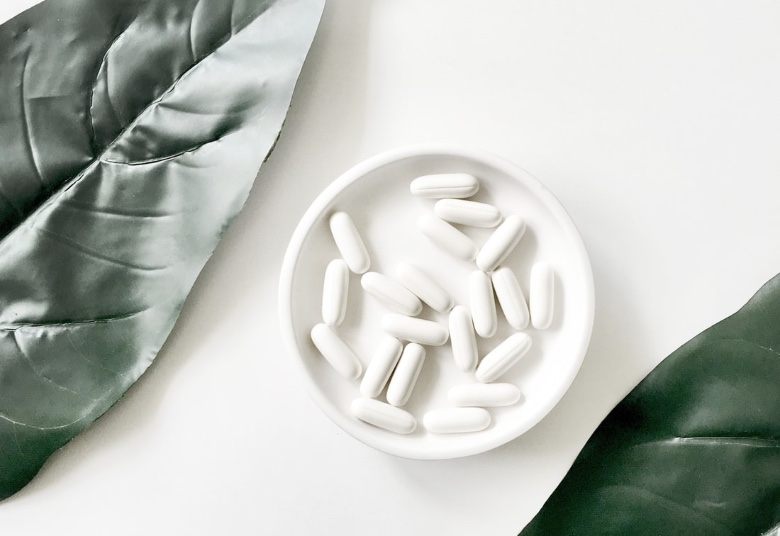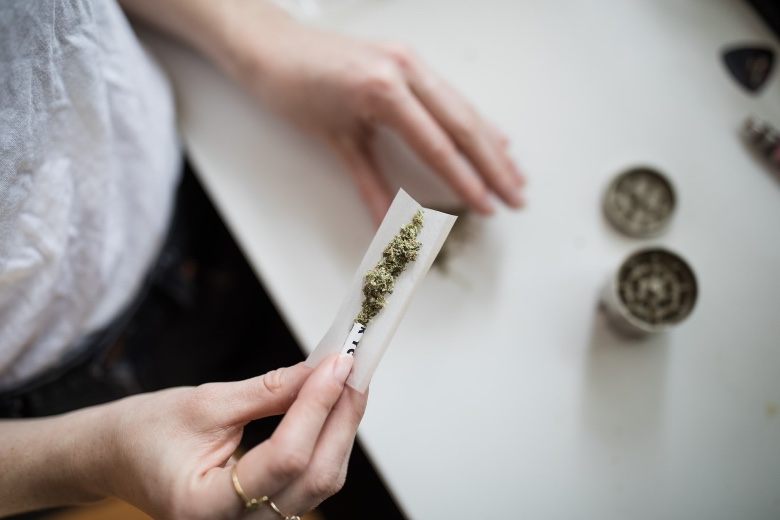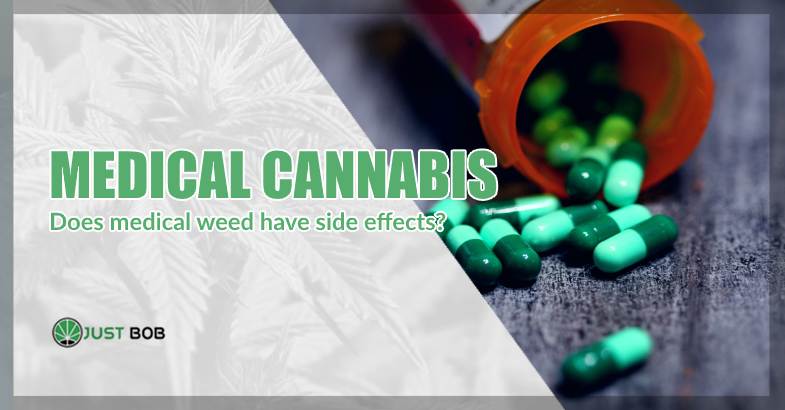Does medical cannabis have side effects?
Among the most important questions for those who, perhaps like you, intend to use marijuana for medical purposes, there is one in particular that concerns the possible adverse effects of this product: what are the side effects of medical cannabis We are not talking about CBD weed, legal hash or CBD oil consumption, but about marijuana-based medicines that you will find in many pharmacies here in the States.
These drugs are manufactured in galenic pharmacies using hemp flowers with high THC content (and often also with a high percentage of CBD ).
It is probably why you are worried about the medical cannabis side effects. You can say goodbye to your doubts as today we will tell you everything you need to know about the negative symptoms caused by this product.
Let’s get started!
Medical Cannabis and Side Effects

The negative consequences of medical marijuana use are different from those of conventional cannabis use.
Recreational use of THC-rich weed can cause mood and psychological changes (for example, anxiety and sometimes depression), as well as less severe effects such as cravings, dry mouth and eyes, and much more…
According to the Veronesi Foundation, the cannabis drugs use can cause the following side effects:
- temporary and relatively mild tachycardia;
- dry mouth;
- conjunctival hyperemia, i.e. the typical red eyes;
- sometimes insomnia, although cannabinoids generally help regulate sleep.
These side effects are described by Dr Vittorio Andrea Guardamagna, Director of the Palliative Care and Pain Treatment Unit of the European Institute of Oncology in Milan and member of the Ethics Committee of the Umberto Veronesi Foundation. Dr Guardamagna further stressed that these are short-term effects and that studies on the long-term side effects of medical cannabis are still rare.
That said, as you can see, they are certainly less severe than those associated with high THC marijuana.
But why are the medical cannabis effects less severe than those of recreational cannabis use?
Read also: “Chemical hunger”: why and how to manage it?
THC-rich marijuana vs medical cannabis: what are the differences?
Cannabis used for recreational purposes contains high percentages of THC (which, along with CBD, is essentially the cannabinoid that invites you to take marijuana). Medical cannabis also contains THC and CBD. These are the varieties of medical marijuana used in some European countries such as Italy to make galenic cannabinoids:
- FM2, with THC 5-8% and CBD 7.5-12% (produced in Italy only in the military, a pharmaceutical chemical plant in Florence).
- FM1, with THC 13-20% and CBD <1% (produced in Italy only at the Florence military, pharmaceutical chemistry plant)
- Bedrocan, with THC 22% and CBD <1%.
- Bediol, with THC 6% and CBD 8%.
- Bedica, with THC 14% and CBD <1%.
- Bedrobinol, with THC 12% and CBD <1%.
- Bedrolite , with THC <0.4% and CBD 9%.
- Pedanios, with THC 22% and CBD <1%.
Each and every of the, contain THC. And every product, except for Pedanios, has high percentages of it. So why are the side effects so different from recreational cannabis use?
The reason is simply the concentration of THC. In cannabinoid drugs, THC is poorly concentrated, although it is enough to treat certain conditions and symptoms such as muscle spasms, glaucoma, nausea and much more.
When you smoke a joint, on the other hand, THC is highly concentrated, and the side effects of its use are more severe and intense than those of medical marijuana.

However, the side effects of cannabis drugs are very mild (and temporary), so if you are considering taking them, we recommend that you talk to your doctor, who will give you the right information about them.
Read also: Cannabis pipe: what are the reasons why everyone is talking about it?
Who can use cannabis medications, and how can I get them?
In Italy, Just Bob’s HQ, anyone who has a recognized medical condition (and for whom there is a minimum of scientific literature on the subject) can apply for a prescription for marijuana-based medications for an additional cost. Yes, medical marijuana can only be used for certain illnesses, which vary according to the provisions of the different cities and region.
As for the cannabis-based drugs supported by the National Health System, and therefore free of charge, the guidelines of the Ministry of Health indicate the following illnesses:
- Multiple sclerosis and spinal cord injuries resistant to conventional therapies to relieve pain related to muscle spasms.
- Chronic pain in cases where treatment with non-steroidal anti-inflammatory drugs, cortisone or opioids has proven ineffective.
- Nausea and vomiting are untreatable with traditional methods caused by radiation, chemotherapy and HIV therapies.
- Cachexia and anorexia in cancer patients, in people with AIDS and in people with anorexia nervosa to obtain appetite stimulation that cannot be induced by standard treatments
- Glaucoma resistant to conventional therapies.
- Tourette’s syndrome to reduce involuntary movements that cannot be alleviated with traditional therapies.
All diseases must be resistant to traditional therapies for patients to benefit from the drugs free of charge. Still, in reality, the disorders for which medical cannabis can be used may vary from one region to another (so they do not necessarily have to be all those included in this list).
We recommend that you speak to your GP, who will tell you whether your condition, if any, is one of those listed by your region, and therefore whether the NHS would cover cannabis-based medicines. Depending on specific parameters, your GP will decide on the variety of cannabis to be prescribed, the form (e.g. decoction papers, capsules, extracts, etc.) and the dosage.
Then, you have to go to the pharmacy and order or buy the right drug.
Take a look at our CBD online shop!



